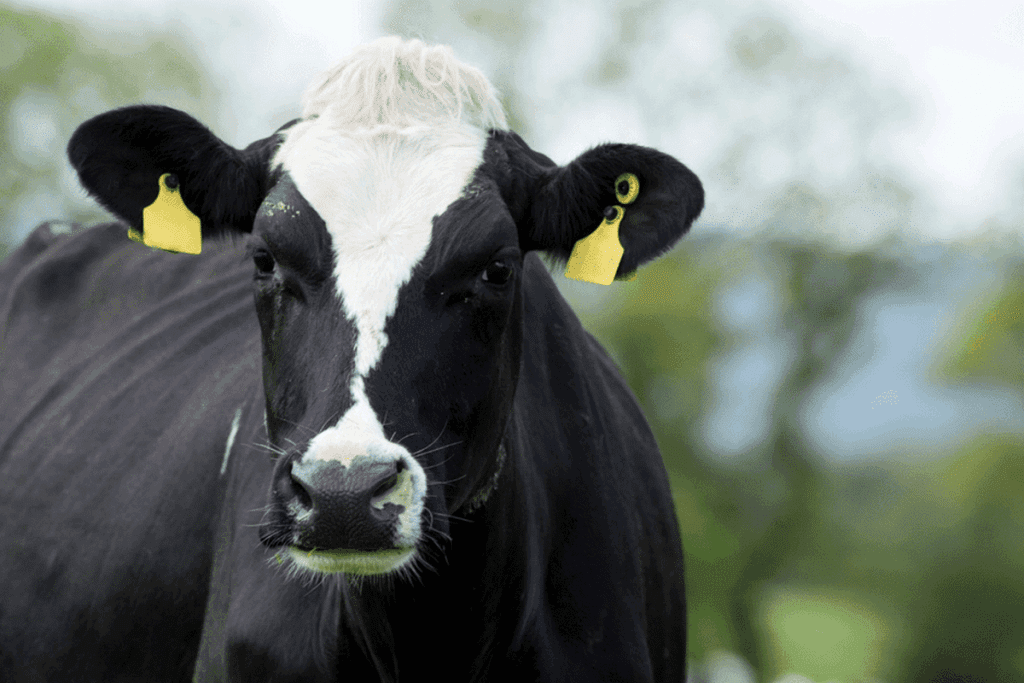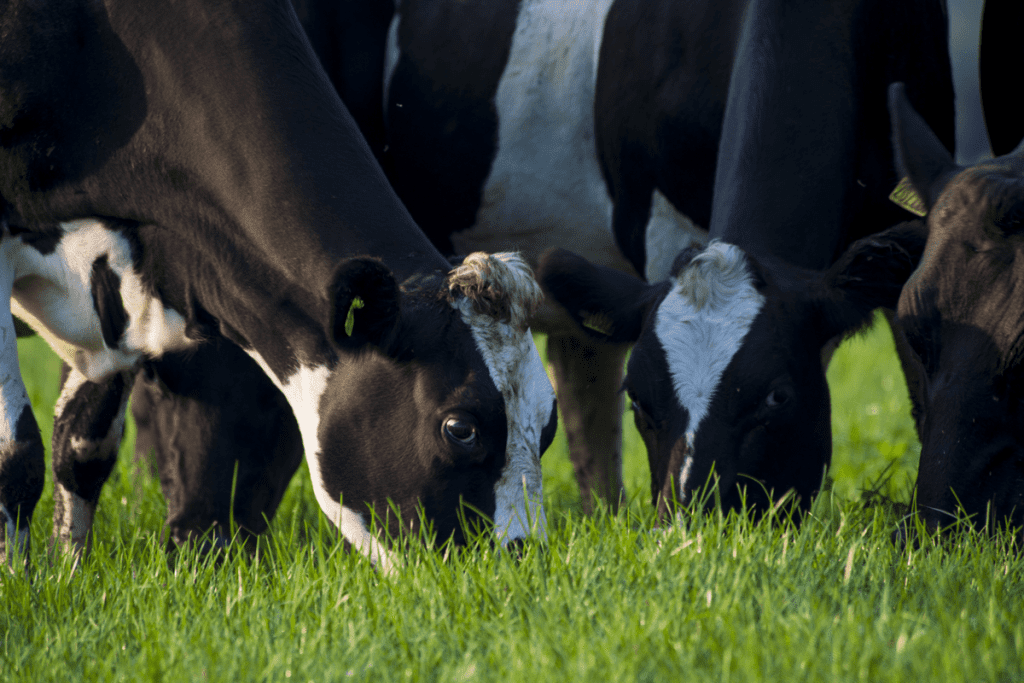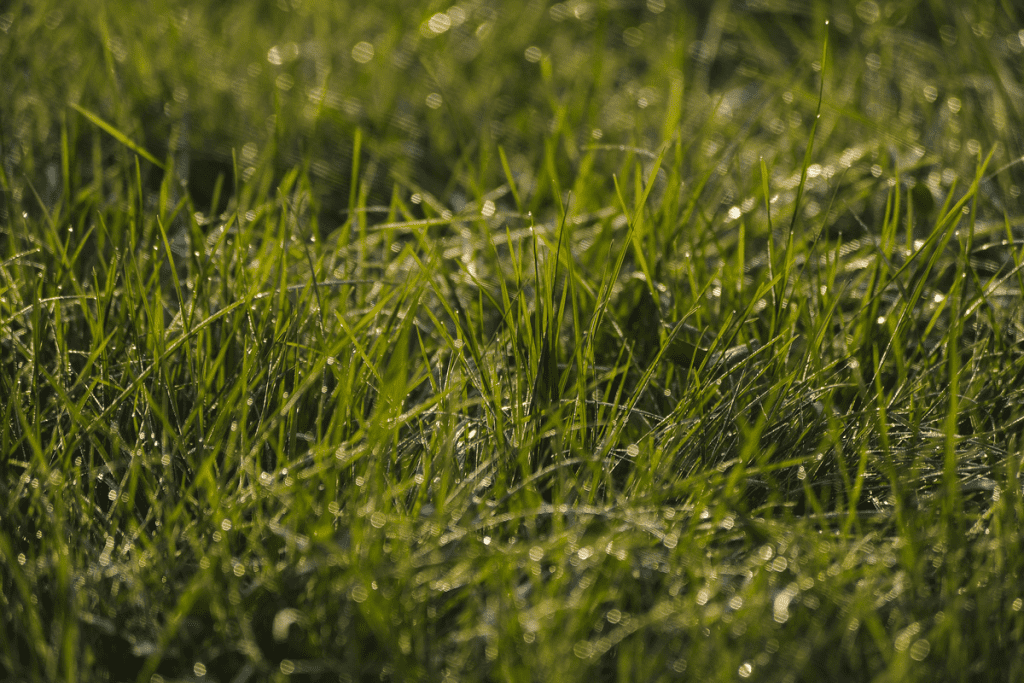With the spotlight of sustainable food production on protein efficiency, making the most of spring grass is good for environmental and economic farming practices.
If the weather can settle this spring, it will encourage early grazing and turnout directly after calving should be possible in many areas. When conditions allow, it's worth capturing the nutritional value of the early grass.
High protein reduces bought-in feed use
The high protein content of early grass can drive milk production and constituents in dairy cows and liveweight gain in other livestock. Making the best use of it decreases the need for bought-in sources of protein and with it, financial cost and environmental impact.
At this time of year, levels of protein and/or starch in your concentrate often need to be reduced to balance the higher protein level of spring grass. Monitoring body condition, milk yield and dung consistency helps assess cow performance during this period.

Energy intake is also important. Cows reach peak milk yield 6-8 weeks post-calving, but peak intake won't be achieved for another four weeks. This means the cow 'milks off her back' using fat reserves to make up the difference. Adequate energy intake of the cow is therefore crucial to help gain condition as we head towards the breeding season.
Spring grass grazing management
Managing early grazing well at the beginning of the season helps to build grazed grass into the cow's diet as well as setting up for subsequent successful grazings (for more information, use our grazing management plan).

Aim for the first spring grazing rotation to end between 4 and 10 April with a post-grazing height of 3.5-4 cm. This will push grass performance and quality in the second and subsequent grazing rounds.
Opening covers
Opening covers will be determined by calving date. The earlier the calving date, the greater the demand for grass and therefore the higher the covers required. An average cover of about 600-700 kg DM/ha is ideal.
If you are aiming to remove silage completely from the calved cow's diet, bear this in mind when calculating covers and concentrate requirement. If grass supply is tight, grazing during the day and bringing cows back inside at night to buffer feed can help relieve pressure on new grass growth.

Weather check
Watch out for factors, such as wet weather, that could damage the pasture and reduce dry matter (DM) values. On/off grazing can limit the risk of damage. Do this by giving cows access to grazing for a few hours post-milking when they are most hungry and will concentrate on grazing rather than walking around potentially damaging swards.
Cows tend to become more aggressive grazers when access to grass is limited, adjusting their grazing behaviour and mitigating any fall in production.
Productive and profitable sustainable farming practice
It is estimated every additional day cows are grazing high protein spring grass saves just under €3/day in reduced bought-in feed costs. This together with the environmental advantages of using more homegrown forage to set up successful grazing for the rest of the season makes early spring grazing sustainable as well as profitable.
You can learn how to use a Spring Rotation Planner here.
Ask an expert about sustainable farming practice
